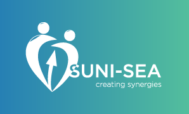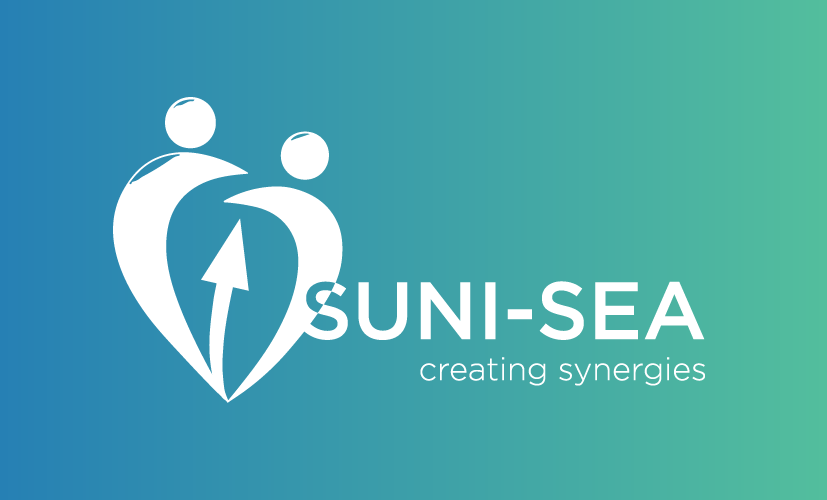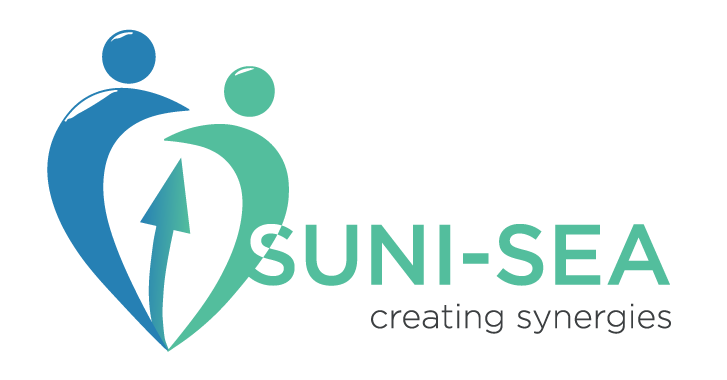In 2017, the World Health Organization (WHO) presented an updated list of ‘best buys’ interventions to inform policymakers on the cost-effectiveness and recommended interventions focused on the prevention and control of non-communicable diseases (NCDs). The interventions focus on both the main risk factors for NCDs (tobacco, harmful use of alcohol, unhealthy diet and physical inactivity) and the four disease areas (cardiovascular disease, diabetes, cancer and chronic respiratory disease). WHO selected these interventions based on proven effectiveness and a clear link to the global NCD targets. All selected interventions were tested against the WHO average cost-effectiveness threshold of ≤ I$ 100/DALY averted in low and lower-middle-income countries. We compared cost-effectiveness studies performed in South-East Asia with the WHO ‘Best Buys’ interventions.
Tobacco Consumption
According to the WHO ‘best buys’ initiative, various interventions are highly cost-effective. These ‘best buys’ interventions for example price increase of tobacco products, making tobacco packaging less appealing, banning the marketing of tobacco products, eliminating exposure to second-hand tobacco smoke, and mass media campaigns on explaining the harm of tobacco.
Tax increase on tobacco products would be cost-effective in the South-East Asia as a whole. Graphic warning labels on cigarette packs would be cost-effective as well. Media campaign against smoking would be very cost-effective in the Vietnamese population.
Counselling persons, providing medicines (like nicotine replacement), may be cost-effective in some settings. However, best results are obtained in a combination of interventions, with counselling combined with tax increase, labels, smoking bans in public places.
Unhealthy Diet
The reduction of salt intake is recognised as an important measure to control blood pressure and manage Cardio-Vascular Disease (CVD) events. The WHO ’best buys‘ considered for the prevention of an unhealthy diet are all focused on the reduction of salt intake. These salt intake can be reduced by a lower level of salt in processed foods, information and media campaigns, or awareness-raising through labelling.
Mass media campaigns focused on the reduction of salt intake were the most cost-effective option in Vietnam. A voluntary agreement with industry to reduce salt in processed food combined with health education through mass media was cost-effective in many South-East Asian countries. However, preventive multi-drug treatment of individuals at risk of a CVD event was even more cost-effective.
The elimination of trans-fats through legislation and the reduction of sugar consumption through taxation on sugar-sweetened beverages are other interventions to reduce unhealthy diets. Tax increase on sugar-sweetened beverages in Indonesia and the Philippines was found to be cost-effective for prevention of NCD such as diabetes, ischemic heart disease, stroke and obesity. Unfortunately, no specific community based or primary healthcare-based interventions were evaluated with respect to its cost-effectiveness in a SEA setting.
Cardiovascular Diseases
In the prevention and treatment of CVD the WHO ’best buys‘ only recommended one intervention. This intervention focuses on the primary prevention of CVDs: drug therapy (for diabetes mellitus and control of hypertension) and counselling to individuals who have had a heart attack, stroke, or high risk for CVD. The individual treatment of systolic blood pressure is very cost-effective. However, this is not within the reach of individuals in many South-East Asian countries.
Targeted gender- and age-specific screening could contribute to allocating scarce resources for early treatment. In Vietnam, a strategy for community screening for undiagnosed and untreated hypertension was cost-effective in the prevention of CVD.
When it comes to the treatment of CVD the WHO ’best buys‘ mention drug therapy and counselling to individuals who have had a heart attack or stroke. Multiple pharmaceutical treatments of acute ischemic stroke, and prevention of rheumatic fever and rheumatic heart diseases, were effective and cost-effective, but more expensive.
In conclusion, when focusing on the primary or secondary prevention of CVD in a community or primary healthcare setting, individual drug treatment should be one of the priorities. Screening, preferably in the community, can be a cost-effective addition in finding at risk or undiagnosed CVD patients. However, with limited resources available, investing in mass media education in prevention of CVD should be considered first, because of the lower costs.
Diabetes Mellitus Type 2
The WHO recommends lifestyle interventions as ’best buys‘ for the prevention of diabetes in the general population. In South-East Asia self-management programmes for high diabetes risks were cost-saving, most likely due to the longer time horizon of the analysis.
glycaemic control were cost-effective interventions in low- and middle-income countries according to WHO’s ‘best buys’. The multidisciplinary glycaemic control was cost-effective in South-East Asia.
In conclusion, when focusing on the primary or secondary prevention of diabetes in a community or primary healthcare setting lifestyle interventions and/or drug treatment should be considered.




